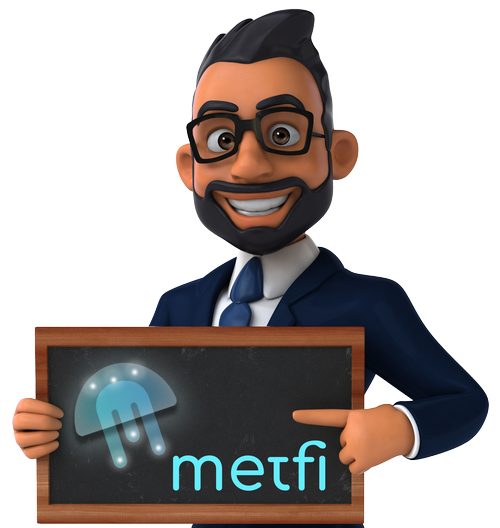Blockchain. What is it anyway?
Blockchain is disrupting the tech space, is a key component of Web3 and metaverse, and is going to impact our lives in huge ways. But what is it? Read on.
Blockchain and its related technologies have taken the world by storm in recent years. Blockchain is significant as a core component of what makes Web3 possible, and that is because blockchain allows transactions that are decentralized, distributed, trustless and yet still secure. This brings potential disruption to so many industries.
Blockchain is a method for storing data “blocks” over a distributed network. Most established blockchains are virtually tamper-proof because all block records and transactions must be verified across their distributed networks or thousands of nodes.
Today’s world has fully entered the digital age, but most of our digital activities involve interacting with centralized systems, including centrally controlled servers. Blockchain is able to change that.
So what is blockchain? It is defined as a distributed ledger. What does that mean? A ledger is simply a table of records with a list of entries. Traditional ledgers were books of accounts listing all credit and debit transactions. Digital ledgers maintain such lists of transactions digitally. Many of us are familiar with maintaining a spreadsheet using Excel or Google Sheets. Today we use databases that are cloud-based, so we can access them from anywhere by simply going online.
So what is different about blockchain? Well, remember the definition “distributed ledger”. Most of the online products and services we use are centralized. Finance and accounting systems use advanced security protocols to protect the sensitive information they store. Leading online platforms have backup servers and backups on the backups to avoid a single point of failure and ensure smooth operation as much as possible, but still, all of these systems and services are under centralized control. This provides them with undue power and access to personal information, which as we have seen, can fall into the hands of those who seek to profit from it. In fact our private information is even bought and sold.
- Blockchain allows safe storage of information and transactions which are decentralized and unable to be controlled by any particular entity. How does this work?
- Blockchains exist on distributed networks of “nodes” which are devices like personal computers, or even smartphones.
- In order for transactions to be executed, they must be simultaneously verified or approved by a majority of those nodes. This makes manipulation and tampering virtually impossible, since leading blockchains exist on thousands of nodes.
- Information is stored in a series of “blocks”. To modify data on one block, all subsequent blocks must also be changed, again making modification virtually impossible.
Blockchain technology rose to prominence with cryptocurrency, especially Bitcoin. However, blockchain disrupts so much more than financial transactions. It provides a secure, yet private method for storing information of all kinds. A recent application of blockchain technology is NFTs which verify the uniqueness and originality of all forms of digital data, in particular media like art and music; even movies!
Let’s look at a practical example of how blockchain could work. Modern hospitals have huge databases of patient information, including health records, case doctor data, medicine and dosage, lab results, etc. Centralized systems are vulnerable to hackers, even when they employ advanced security systems. Once a hacker penetrated a hospital’s database, he/she could modify patient records. If the hospital switched to storing data on blockchain, the hacker would have to find a way to commandeer 51% of the nodes and modify data on all of them at once. If the hospital system was using the Ethereum network, this would be accessing more than half of the approximately 300,000 nodes Ethereum exists on (as per information accessed at the time of this writing). Even if the data was distributed over 20 locations, this would pose a huge challenge to a coordinated attack. Once in the hundreds, it would already become practically impossible.
Blockchain has completely disrupted the world of finance through making cryptocurrencies like Bitcoin, Ethereum and the Binance Coin possible. However, blockchain can be used in countless other applications, removing the need for manual control and centralized verification mechanisms. This is disrupting countless industries already, and we are just getting started. Some examples include: logistics, power grids, academic curriculums, social networks, gaming applications, art and media, citizen data, healthcare, and more.
Blockchain is a core component of the metaverse and Web3 – the next major tech revolution which is characterized by decentralization. Blockchain allows much more privacy and personal freedom, because it replaces central control with personless auto-executing actions. This also removes the possibility for interference and manipulation by central authorities which has been the case with tech giants.
MetFi allows everyday folks to access the next wave of tech unicorns through membership in the MetFi DAO which aspires to be the world’s #1 metaverse and web3 incubator, and shares the profits from those ventures fairly with the MetFier community.

